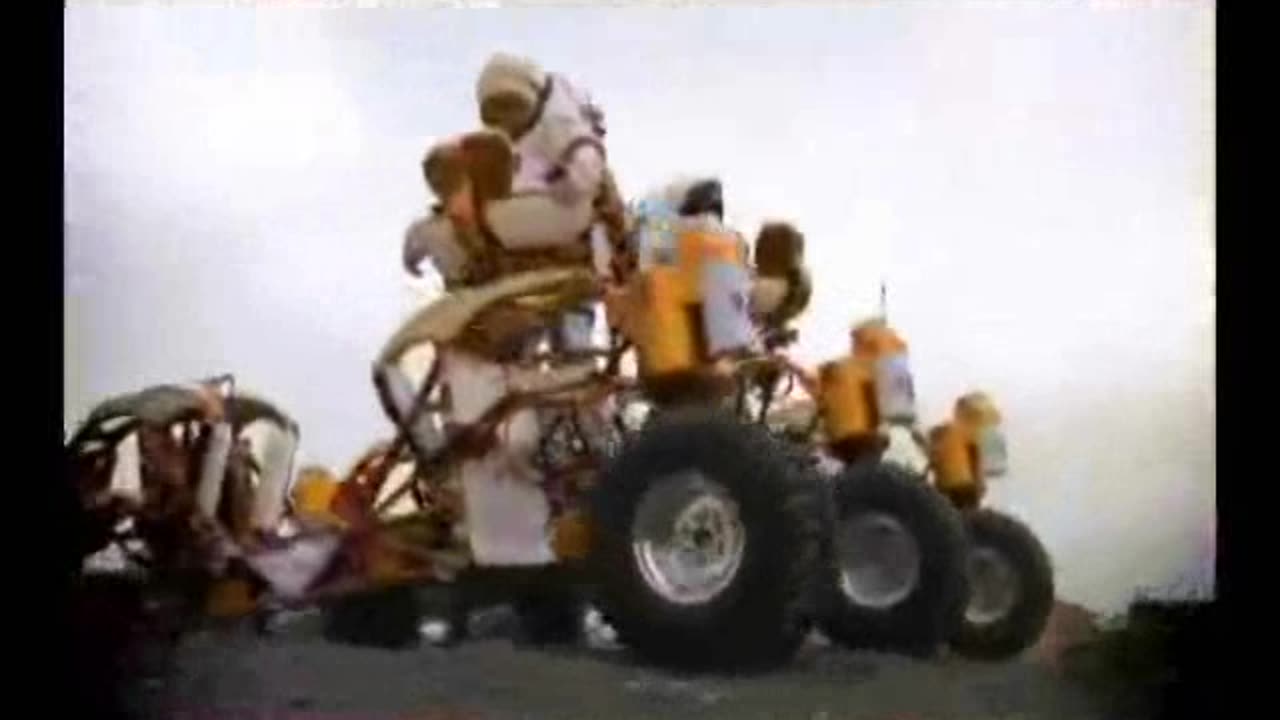Premium Only Content

What does it take to go to the moon _ space
Going to the moon is a complex and challenging endeavor that involves various technical, scientific, logistical, and financial considerations. Here are the general steps and requirements involved in a moon mission:
1. **Spacecraft and Technology:**
- Developing a spacecraft capable of carrying astronauts or robotic payloads to the moon and back. This involves creating systems for propulsion, life support, communication, navigation, and more.
- Choosing the appropriate launch vehicle to transport the spacecraft from Earth's surface into space.
2. **Mission Planning and Design:**
- Careful planning of the mission trajectory, taking into account the relative positions of Earth and the moon, orbital mechanics, and fuel requirements.
- Designing the mission timeline, including launch windows and key milestones.
3. **Astronaut Training (for Crewed Missions):**
- Rigorous training for astronauts to prepare them for the challenges of space travel, lunar operations, and potential emergencies.
- Training in operating spacecraft systems, performing scientific experiments, and conducting extravehicular activities (spacewalks) on the lunar surface.
4. **Navigation and Guidance:**
- Precise navigation and guidance systems are essential to ensure that the spacecraft reaches its intended lunar orbit or landing site accurately.
5. **Landing on the Moon:**
- Achieving a soft landing on the lunar surface is a critical step. This involves deploying landing gear and controlling the descent to prevent a crash.
- Robotic missions may involve deploying rovers or landers to explore the lunar surface and collect data.
6. **Surface Operations:**
- Conducting scientific experiments, collecting samples, and gathering data about the moon's geology, atmosphere, and other characteristics.
- Ensuring the safety and well-being of astronauts during their stay on the moon, including managing life support systems and radiation protection.
7. **Return to Earth:**
- Launching from the moon's surface or lunar orbit and returning to Earth's atmosphere.
- Re-entry and landing procedures need to be carefully planned to ensure the safety of the crew and spacecraft.
8. **Post-Mission Analysis:**
- Analyzing the data and samples collected during the mission to enhance our understanding of the moon and its history.
9. **Cost and Funding:**
- Moon missions are expensive undertakings that require significant financial resources. Governments, international collaborations, or private entities may fund these missions.
10. **Safety and Contingency Planning:**
- Developing contingency plans for potential emergencies or malfunctions during any phase of the mission.
- Ensuring the health and safety of astronauts is of utmost importance.
Please note that the specifics of a moon mission can vary depending on the objectives, technology available, and the organizations involved. Since my knowledge is not up-to-date, I recommend checking with current sources such as space agencies (e.g., NASA, ESA, CNSA) or private space companies (e.g., SpaceX, Blue Origin) for the latest developments in moon exploration.
-
 2:29:08
2:29:08
Turning Point USA
5 hours agoYWLS 2025 Day 3 is LIVE! Hear from Brett Cooper, Alex Clark and more!
17.9K25 -
 20:48
20:48
Stephen Gardner
20 hours ago🚨You WON'T BELIEVE what just happened to Trump & George Soros!
55.1K497 -
 16:54
16:54
Forrest Galante
8 hours ago6 Animals You'll Be Glad Are Extinct
34.8K51 -
 2:31:16
2:31:16
Sgt Wilky Plays
4 hours agoFathers day coffee and Karting
30.9K4 -
 LIVE
LIVE
Lofi Girl
2 years agolofi hip hop radio 📚 - beats to relax/study to
817 watching -
 36:15
36:15
Athlete & Artist Show
23 hours ago $1.88 earnedOilers In 6?, Where Will Marner Go?, Who Do The Hawks Draft?
30.5K2 -
 8:07
8:07
Freedom Frontline
23 hours agoTim Dillon SLAMS Woke Elites – This Is Brilliant
24.9K7 -

TheItalianCEO
4 hours agoI love the smell of Video Games in the morning...
39.7K2 -
 LIVE
LIVE
xTimsanityx
8 hours ago🟢LIVE: THE BORNLESS - APEX LEGENDS AFTER - HAPPY FATHERS DAY
233 watching -
 49:24
49:24
TheGetCanceledPodcast
21 hours ago $4.78 earnedThe GCP Ep.12 | Igor Aleksov Talks Indie Films, Lena & Vladimir, Big Festivals & Award Shows
43.9K3